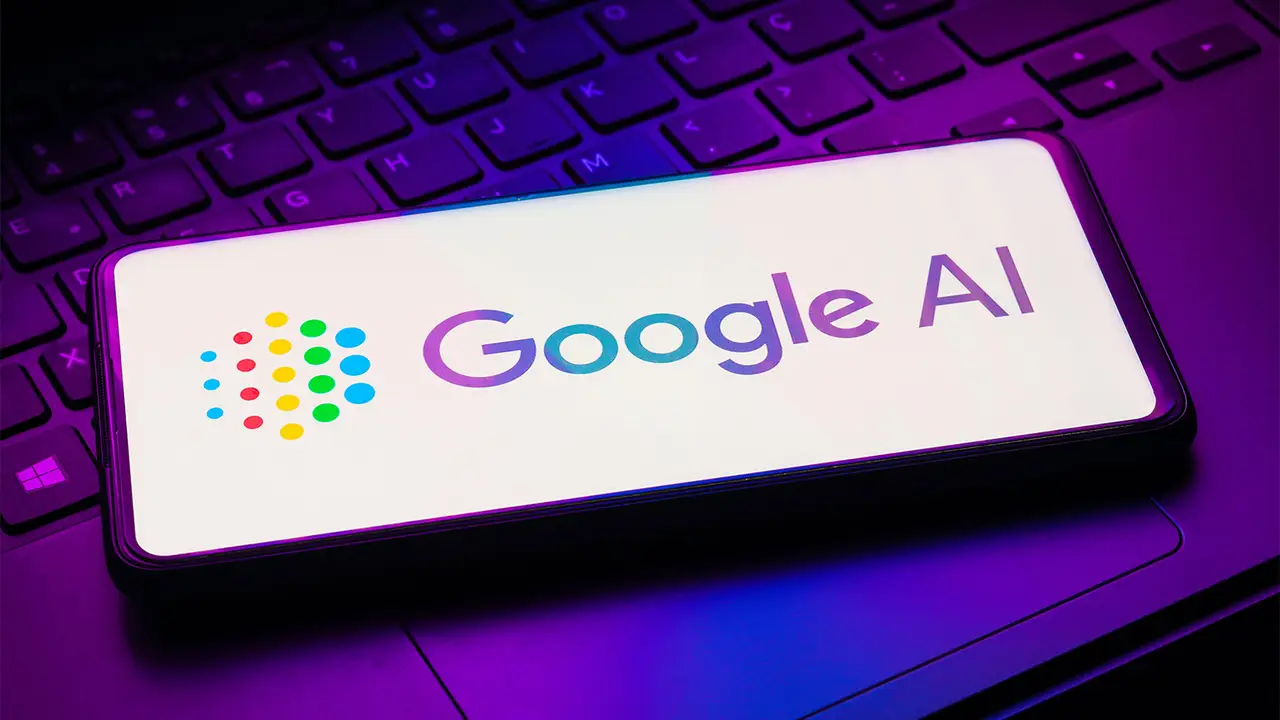Google has announced “Web Guide,” a new feature that reimagines the classic search engine experience with artificial intelligence. Powered by the company’s Gemini AI model, this system allows users to access search results in a more structured and summarized format. Web Guide is particularly effective for long, open-ended searches, presenting results not just as links but also with headings and topic summaries.
Google Announces Web Guide
The new system organizes search results into more meaningful groups. For example, when a user performs a detailed search, such as “How to travel alone in Japan?”, Web Guide summarizes resources related to that topic by dividing them into subheadings and presenting relevant links under these headings. This method, unlike the traditional blue list of links, makes the search experience more guided and informative.

The technology behind Web Guide relies on a “fan-out” technique, which allows multiple search queries to be run simultaneously in parallel. While this approach allows for more data collection, it can cause delays of several seconds in loading results. Google’s existing AI Overview section is not visible in searches where the feature is active.
Google previously introduced an experimental feature called AI Mode, completely removing the classic link list and introducing a chatbot-based interface. Web Guide, a simpler, more guided version of this structure, integrates with the existing search engine. This offers users a balance between traditional search and AI-based content.
Currently accessible only through Search Labs, Web Guide is manually activated. Once activated, it replaces the “Web” tab in Google’s interface. Users can exit this view and return to the classic list structure with a single tap.
Google states that the feature is optional for now, but that a wider rollout is planned in the future.













